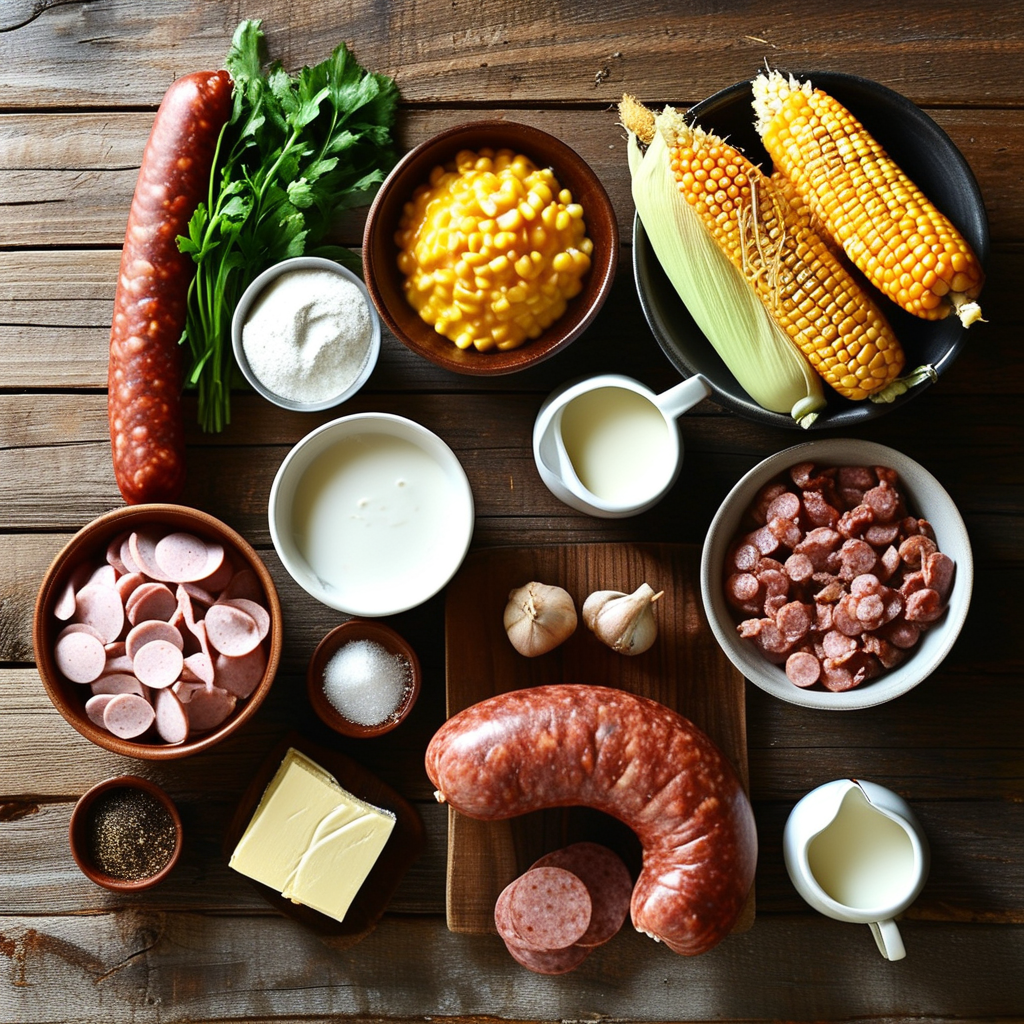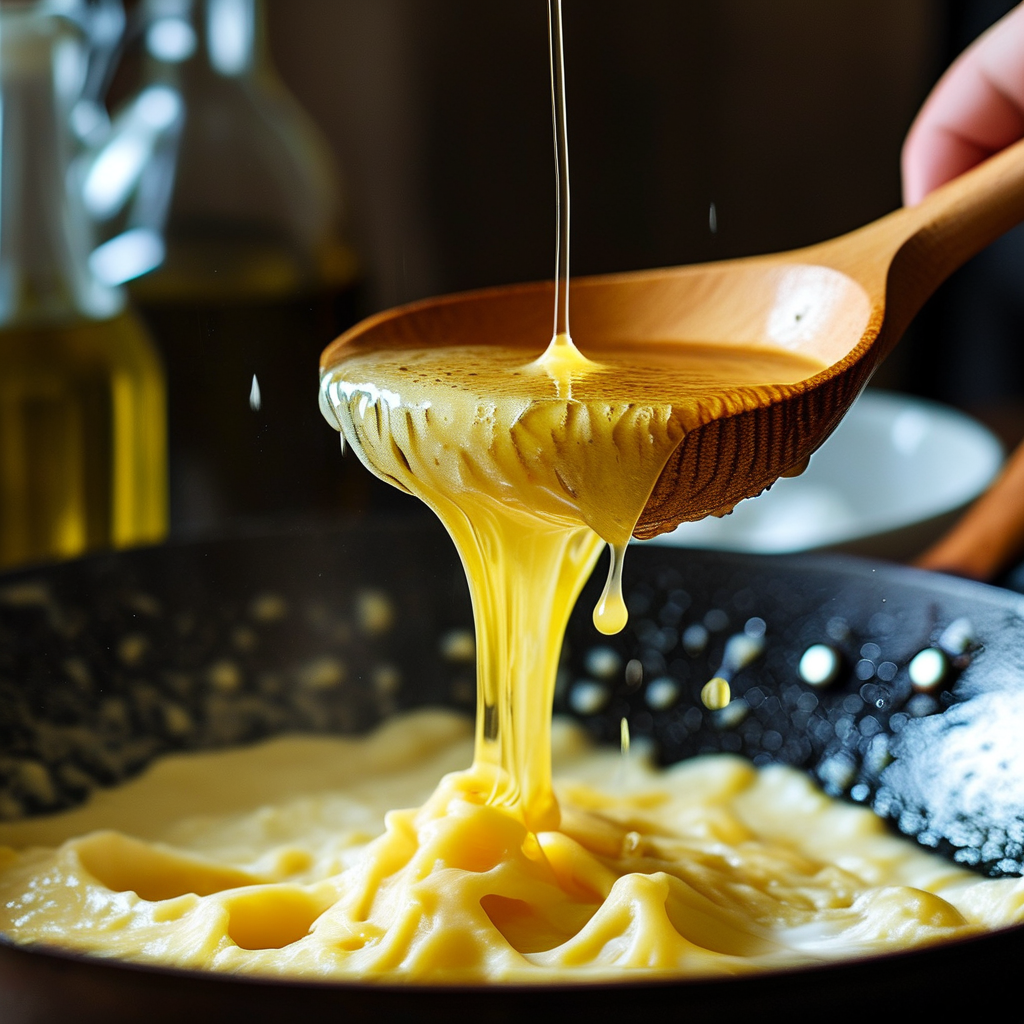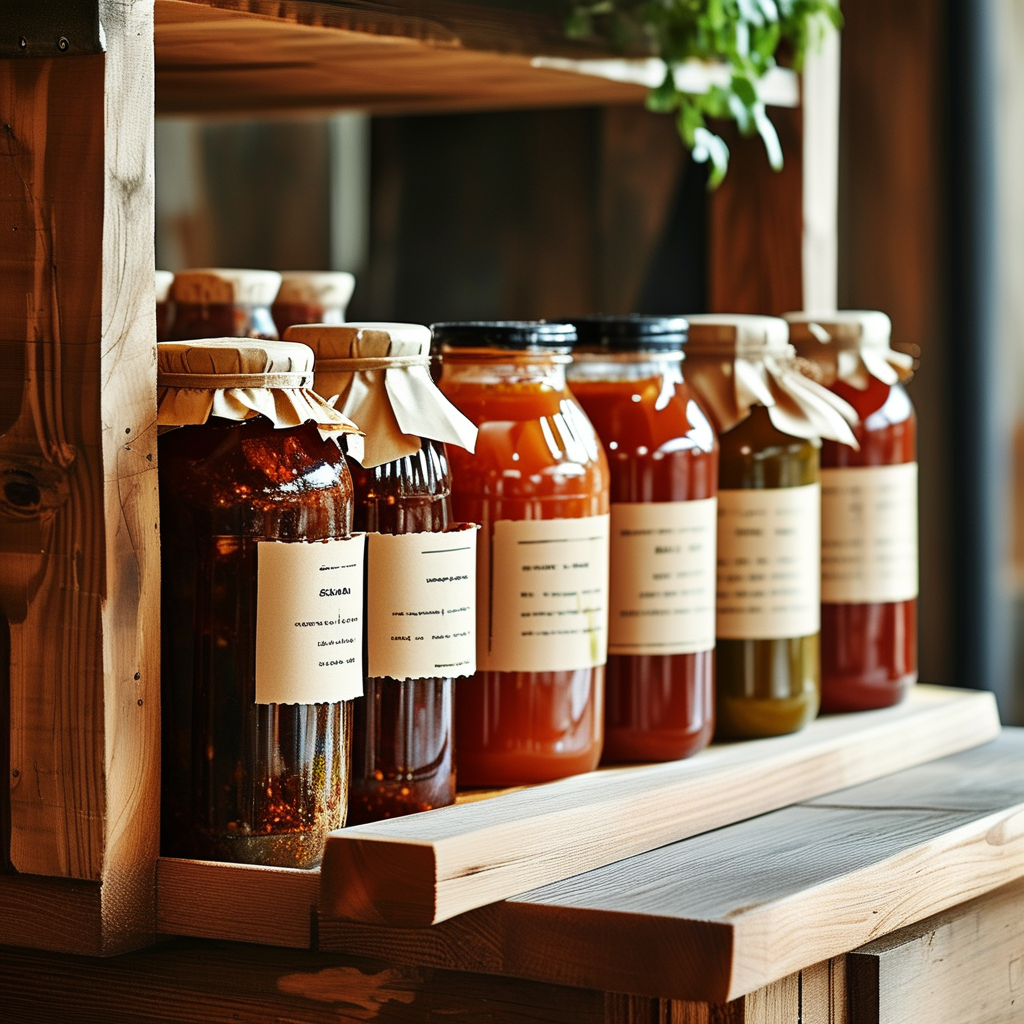Sawmill Gravy Recipe With Cornmeal is a rich, creamy southern sauce often served over biscuits or meat. This comfort food has roots in Southern cuisine and is simply delightful. Cornmeal adds a unique texture and flavor that takes traditional gravy to the next level. In this article, we’ll delve into the history of sawmill gravy, ingredients, preparation steps, serving suggestions, and common mistakes to avoid.
To enhance your cooking experience, check out these Southern comfort food recipes.
From its historical backdrop to modern-day adaptations, this guide aims to equip you with all you need to master this hearty dish. We’ll also look at variations and how to make it fit various dietary needs, ensuring everyone can enjoy this delicious dish.
History of Sawmill Gravy
Origins and Cultural Significance
Sawmill gravy originated in the Southern U.S., primarily tied to the practices of lumberjacks who would prepare it from leftover meat drippings. The dish symbolizes frugality and resourcefulness, showcasing how traditional recipes evolve in different regions.
Its cultural significance extends to family gatherings and communal meals, where every spoonful tells a story of Southern hospitality. Various regions have their variations, leading to distinct flavors and ingredients.
Ingredients for Sawmill Gravy with Cornmeal
Essential Components
- Cornmeal
- Sausage or meat drippings
- Milk or cream
- Seasonings (salt, pepper, etc.)

The quality of your ingredients is pivotal in achieving a delicious outcome. Using fresh, high-quality sausage and whole milk will significantly enhance the flavor profile of your gravy.
Preparation Steps for Sawmill Gravy
Step-by-Step Guide
Step 1: Cooking the Meat
Begin by cooking your choice of meat to render fat, which serves as the base of the gravy. Recommended types include sausage or bacon, as their fat content lends delicious flavors.

Step 2: Making the Roux with Cornmeal
In a skillet, mix the fat with cornmeal until it forms a roux. The roux is crucial for thickening the gravy, so stir constantly to avoid burning.

Step 3: Adding Milk and Seasoning
Gradually pour in milk, stirring to achieve a creamy consistency. Use salt and pepper to enhance the flavor—taste-testing is essential!
Step 4: Final Adjustments
After simmering, make any necessary adjustments. Want it thicker? Add more cornmeal or allow it to simmer longer. Enjoy customizing your gravy!
Serving Suggestions for Sawmill Gravy
Delicious Pairings
Sawmill gravy is best served over freshly baked biscuits, but it also complements a variety of dishes:
- Scrambled eggs
- Mashed potatoes
- Fried chicken

Presentation matters; try garnishing with fresh herbs. When storing leftovers, keep them in an airtight container in the refrigerator and reheat slowly to maintain creaminess.
Nutritional Information
What to Consider
Per serving, sawmill gravy typically contains around 200 calories, primarily from the meat and milk. Keep in mind that various meats and fats can alter the macro breakdown, making it essential to adjust according to dietary needs.
Common Mistakes and How to Avoid Them
Key Pitfalls
- Overcooking the roux can lead to burnt flavors.
- Using incorrect meat drippings can compromise taste.
- Improper seasoning adjustments may result in bland gravy.
Variations and Adaptations of Sawmill Gravy
Exploring Options
For those on special diets, consider vegetarian adaptations using vegetable broth and avoiding meat altogether. You can also experiment with alternative grains like oat flour!
FAQs About Sawmill Gravy
- What is sawmill gravy made of? Sawmill gravy is typically made from meat drippings, cornmeal, milk or cream, and seasonings.
- Can I make sawmill gravy without sausage? Yes, you can substitute with vegetable broth for a vegetarian option.
- How thick should sawmill gravy be? It should be creamy but pourable; adjust with milk or cornmeal as needed.
- How do I store leftover sawmill gravy? Store in an airtight container in the fridge for up to 3 days.
- Can I freeze sawmill gravy? Yes, it can be frozen but may require stirring when reheating.

- Sawmill gravy originates from Southern cuisine.
- Cornmeal provides an excellent textural component.
- It’s a versatile dish that can be adapted for various dietary needs.
- Sawmill Gravy Recipe With Cornmeal enhances traditional flavors with its unique texture.
Conclusion
Creating Sawmill Gravy Recipe With Cornmeal is not just a recipe but a way to connect with Southern traditions. Whether served over biscuits or enjoyed creatively, we encourage you to try this dish at home and savor the delicious results!
For more culinary inspiration, learn about the importance of homemade gravies in traditional cooking or discover classic Southern dishes to pair with your gravy.
Related Recipes
Explore our guide on cooking with confidence, or try making Earl Grey Cookies as a delightful dessert after your meal. For a hearty breakfast option, consider our Breakfast Pizza recipe to start your day deliciously!